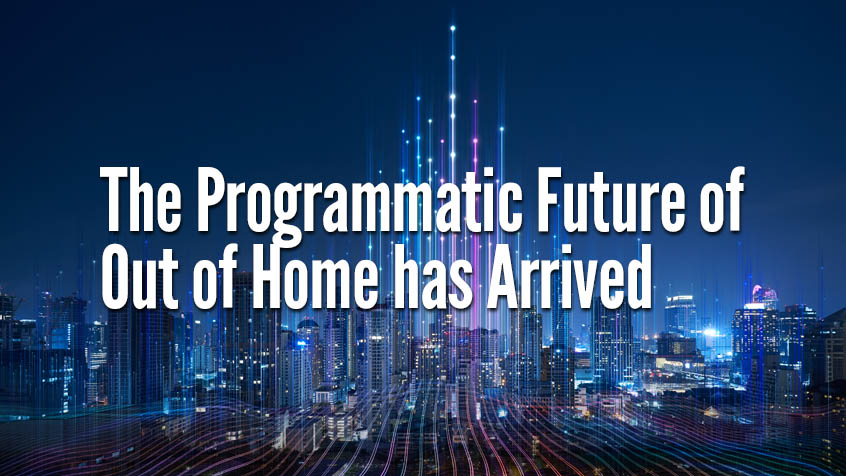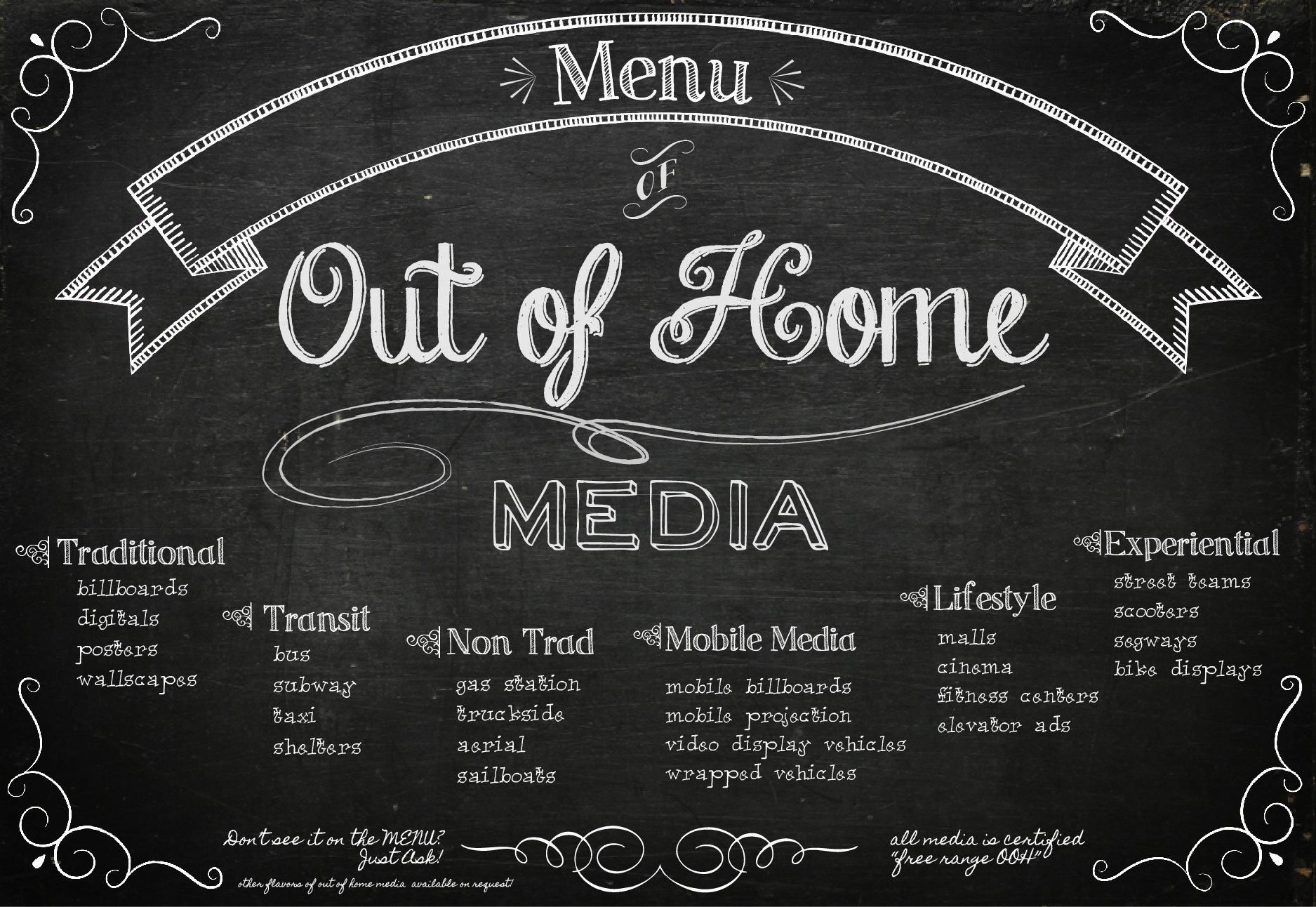Programmatic Out of Home is having a moment. Like a big, splashy, “Here I Am!”, debutante, coming of age kind of moment. This moment has been coming down the road for a while, but COVID put some high-octane rocket fuel in the tank, and now we are at an inflection point.
When we look at the adoption of new technological paradigms they are often visualized as an “S” curve. There will be a relatively long period of slow progress and low adoption and then something – a leap in the tech, a change in speed or price or accessibility, or say… a pandemic – will trigger a behavioral change that causes the adoption to increase. This creates an inflection point that ushers in a period of rapid growth. Eventually the new paradigm will become the default setting and the changes will slow… until the next change comes along.
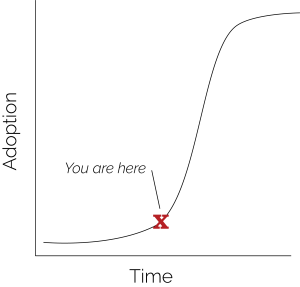
One of my favorite marketing pundits, Rishad Tobaccowala said, “The future does not fit in the containers of the past”. While we can’t see the exact shape of that container yet, it is becoming clearer every day and will continue to come into focus over the coming months.
How Programmatic OOH Got To This Point:
Programmatic Out of Home has been evolving for a number of years now, but the last year has seen an increase in a number of areas. On the media side suppliers have been making strides in building the infrastructure and internal process to allow their inventory to be bought and sold this way. This has led to growing partnerships with SSP’s & DSP’s, which have likewise been making their own improvements along the way. The net result is more inventory available in more buying platforms and more stable, consistent buying platforms. The DSP’s are also adding in more data directly, increasing the availability of targeting data.
This has been paralleled by significant efforts by the industry to educate, inform and evangelize on the benefits of this new ecosystem. There have been countless webinars, conferences, podcasts and keynotes aimed at educating people both within the OOH community and among advertisers in general. We all understand that it takes a while to shift an entire industry and get it to adopt something new. In the Out of Home industry – which has operated in more or less the same way since… well… forever – that has necessitated a pretty big leap in how we think about the media. But, at this point the level of understanding across the OOH world has reached a level of practical saturation. (If you’re still not there programmatic leader Broadsign offers a great intro here)
Then there is the more immediate cause – COVID. The global pandemic has upended the world at large and certainly the advertising world. None have been more affected than the Out of Home industry. When traffic and travel in the US literally ground to a halt so did OOH, and while traffic has largely returned to almost pre-Covid levels advertisers are taking some time to return. The needs that the pandemic imposed on the OOH industry – for flexibility, speed, agility and efficiency – have become the catalyst to speed up the adoption of a tool that can provide just those things.
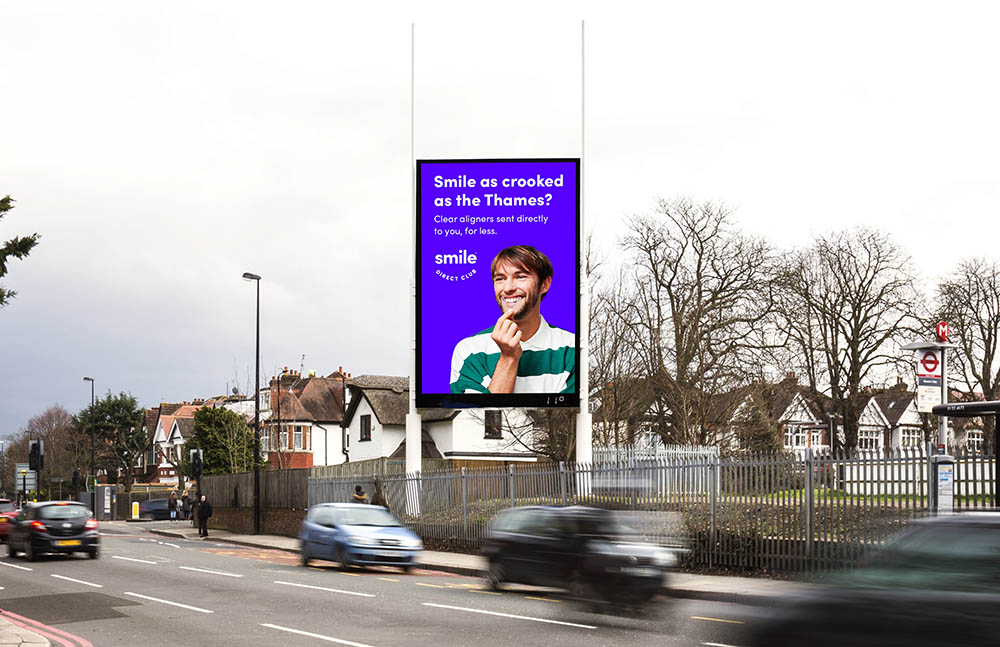
The Benefits of Programmatic Digital Out of Home:
There are a number of benefits that Programmatic Out of Home can provide, they include:
- Speed: By automating much of the transactional process and making large quantities of DOOH inventory available the speed with which a campaign can be launched has gone from weeks to days. In the past the process of requesting, receiving and evaluating proposals, contracting, printing, shipping and installing could take weeks. Now, with DOOH purchased programmatically advertisers can go from RFP to live campaign in a matter of days.
- Flexibility/Agility: Because campaigns are activated through a trading desk it means they can be changed, tweaked, adjusted, modified very quickly. Changes can include creative content, targeting, media choices, dayparting, scheduling, triggers and more. Virtually any component of the campaign can be modified in near real time.
- Targeting: A critical piece of the programmatic DOOH puzzle is the ability to more precisely target your audience. By enabling the use of 3rd party targeting data in DSP platforms advertisers can now reach their audience much more efficiently, leading to less wasted impressions and more effective campaigns. It also allows advertisers to more easily tap into the power of hyper-local campaigns by making it easier to execute numerous similar small campaign.
- Dynamic Creative: Programmatic streamlines and simplifies the process for using dynamic creative for OOH. Now data feeds can be linked directly into DSP’s to enable live real time updates to dynamic content.
- No Long Term Commitments: Buying DOOH media this way removes the need for long term commitments. In times like this, when the market can turn on a dime as a result of the latest COVID developments this is a particularly desirable feature for advertisers. The benefit of not being locked into a long-term contract and being able to pause campaigns in response to market conditions is extremely valuable.
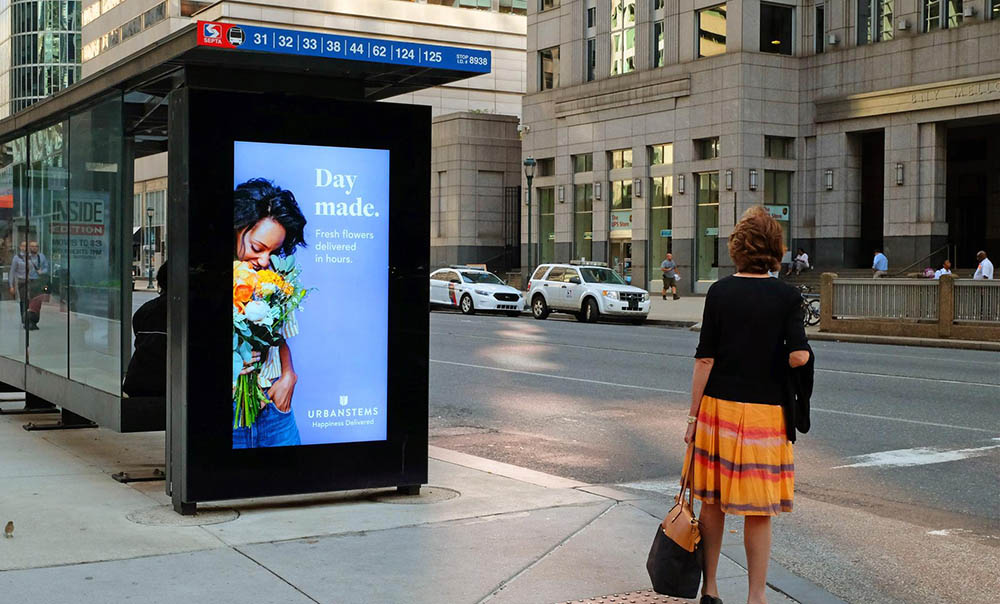
Important Considerations for Programmatic Out of Home:
While this is certainly an exciting time in the media, we all know that human nature is to rush to the newest, shiniest object. While Programmatic Out of Home offers a number of benefits, it’s important to remember a couple things.
One of the most important things to remember about programmatic Out of Home is that, while it may be planned & bought in a way that is similar to online media, it is most decidedly NOT the same thing, and should not be treated as such. We’ve talked at length about how Out of Home and online media work well together and complement each other in some powerful ways, but that does not mean they should be treated the same way. Out of Home is still a one-to-many media, not one-to-one. That doesn’t mean they should be completely siloed either – since digital and OOH are such powerful partners it’s important they be planned in tandem, just not exactly the same.
First, digital Out of Home should not be planned the same way as online media. There are certainly similarities, and the improvements in targeting information have made it possible for OOH to truly be an audience first media, similar to online. But, there are other considerations that need to be taken into account. The difference between OOH media types – say, a billboard and a point of sale display for example – are much greater than the difference between online media types. There are more elements of context and environment to consider, but less issues with brand safety.
Second, programmatic digital Out of Home should not be measured the same way as programmatic online. This can not be stressed enough. The impression to click-thru to purchase paradigm of online does not translate to a billboard, and that’s ok… Out of Home specialists should not try to force Out of Homes square peg into the round hole of online measurement. For one thing, it won’t work, and it also sounds like we’re trying to create equivalencies that don’t really exist. That doesn’t mean it shouldn’t be measured – but it requires a different approach, geofencing media and capturing device ID’s to include in your omni-channel solution and comparing them to un-exposed audiences or measuring foot traffic for example.
The Future for Programmatic Out of Home:
We will probably look back at the COVID pandemic as a watershed moment for programmatic Out of Home. It will be the external disruption that lit the fire of adoption for the media. Programmatic is coming of age at just the right moment to capitalize on advertisers’ new need for more flexibility, speed, efficiency and dynamic creative brought on by COVID.
We should remember this doesn’t take away the things Out of Home has always been good at – reaching targeted audiences with large scale reach and doing it efficiently. It’s not a completely new thing – but a major upgrade / addition to the existing paradigm.
Contact Us to learn more about how Programmatic Out of Home can help to augment your existing media strategies.

